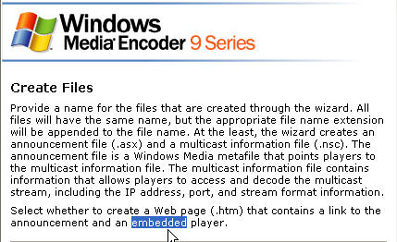April 11 Internet Explorer ActiveX security update could change streaming forever


This one falls along the line of stories with implications that have been substantially under-reported. But I view part of my gig here as reporting the under-reported, so that's why I am making this post.
What has been reported is that on Wednesday, Microsoft said it would modify Internet Explorer to change the way the browser handles ActiveX controls to rich content. Current technology in IE allows the browser to respond to automatically bring up streaming audio and video from a Web page.
One small problem, tho. The University of California and the software developer Eolas Technologies say they own the patent that enables this automatic streaming content call-up in Internet Explorer. In 2003, a Federal Court held that Eolas founder Michael Doyle - who was granted the patent when he was an adjunct prof at UC-San Francisco - and UC, which now owns the patent, is entitled to $520 million from Microsoft.
Now for the under-reported part.
On April 11- a week from this coming Tuesday- Microsoft will release a security update that when installed, will require users to click on the stream's prompt to manually play the content.
I'm going to explain why this is critically important.
When you encode an audio and video for streaming- which I have done many times, you often need to choose between having the stream open up in a separate Player- like Windows Media Player- or whether it should open as an "embedded" player feature that appears within the IE browser itself.
I'm thinking those sites that have chosen the "embedded" option may have some serious second thoughts about whether they want to get in under the encoding tools hood and change this option to spawn a separate Player when their site visitors click a streaming content-related link.
I can't believe that advertisers who use Windows Media streaming for interstitials that open up automatically when a given page on a site is accessed will be happy about this either. Now, IE users who install the update will actually have to click on the ad to play it, rather than the ad opening up in their face.
On the other hand, this will be good news for Flash- whose animations seem to be elbowing out streaming video in the rich media advertising realm.
Do you think I have something here? Post a TalkBack and let's kick this one around!